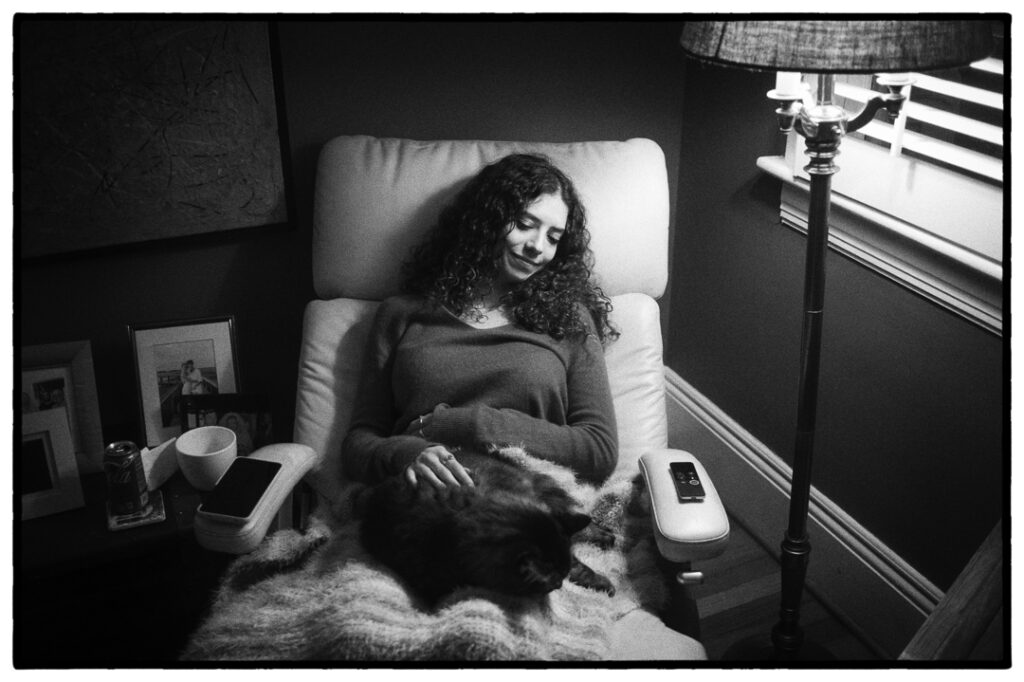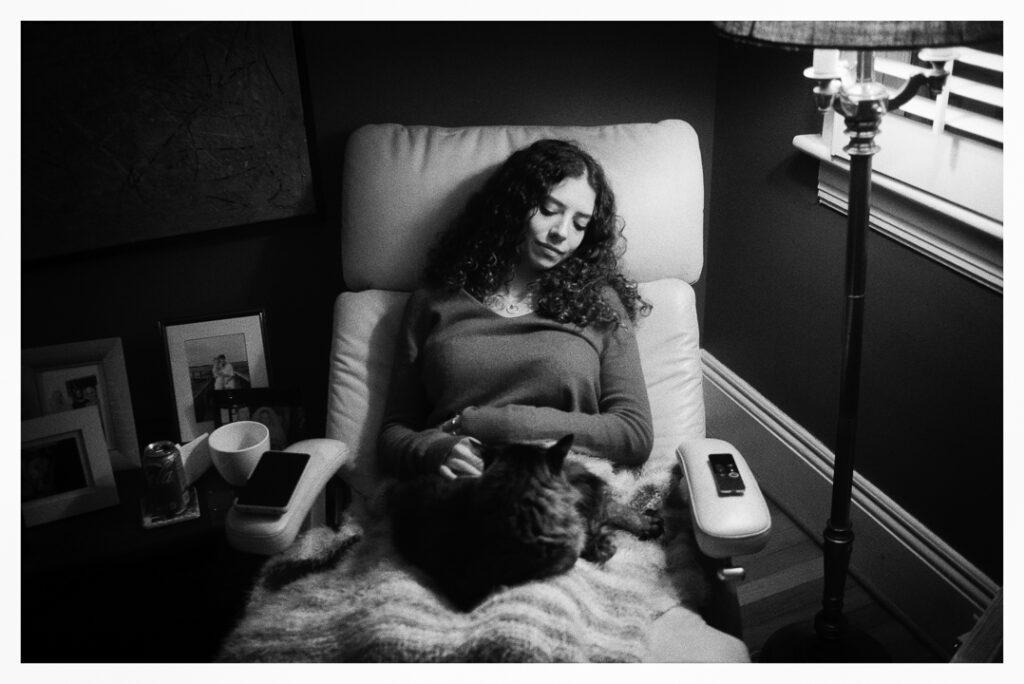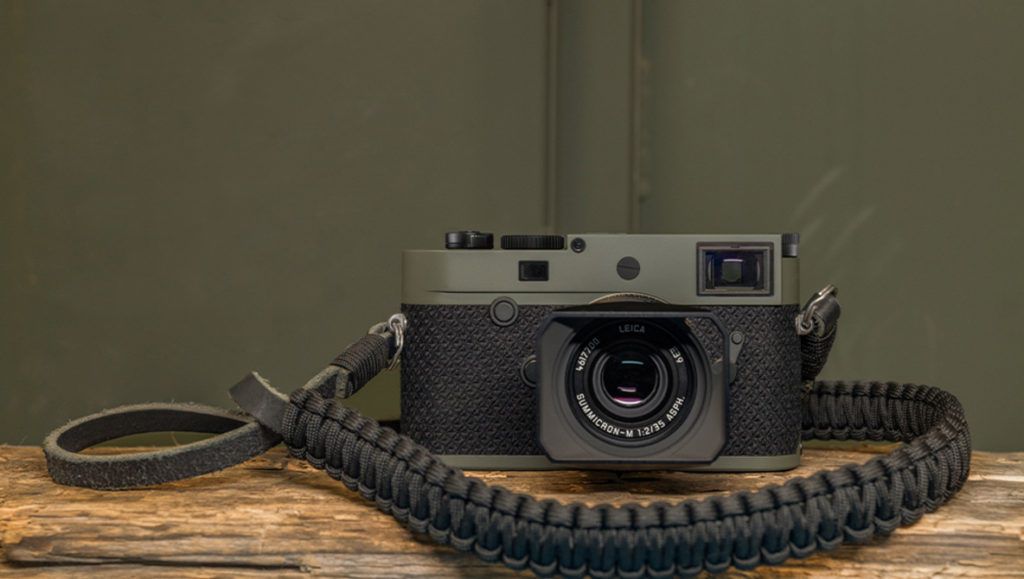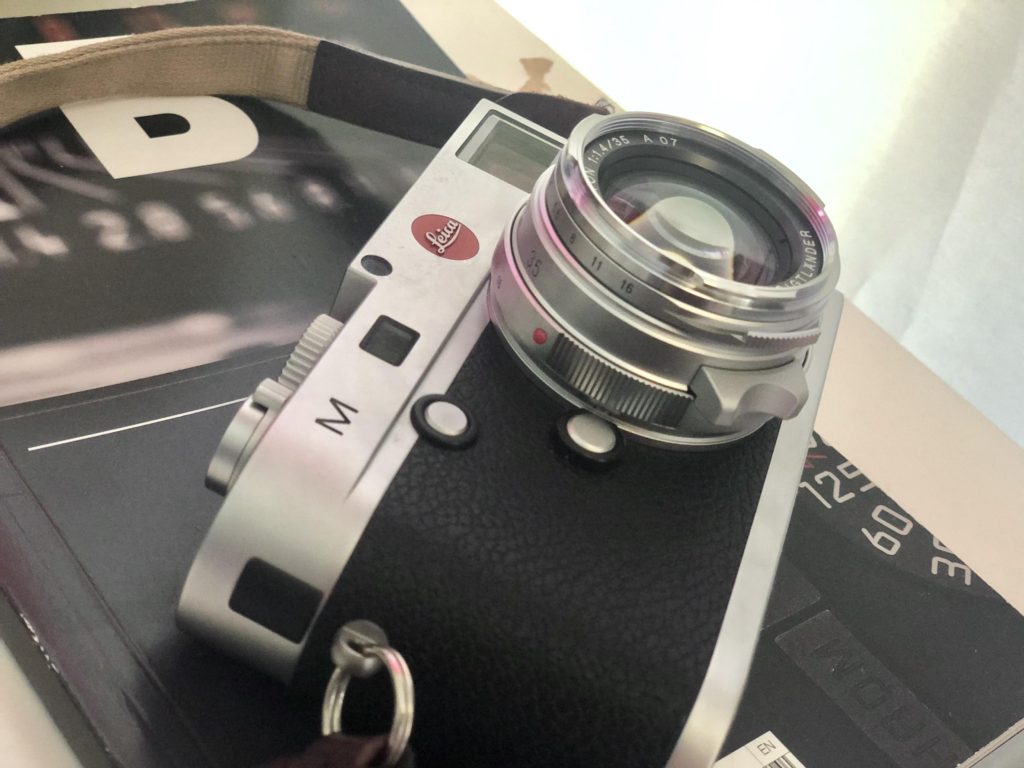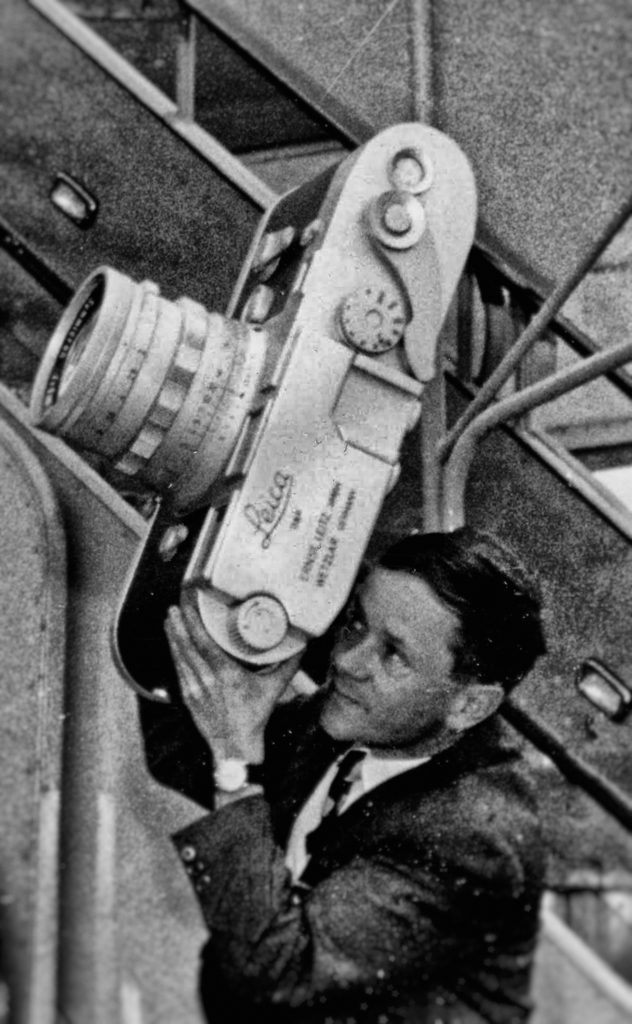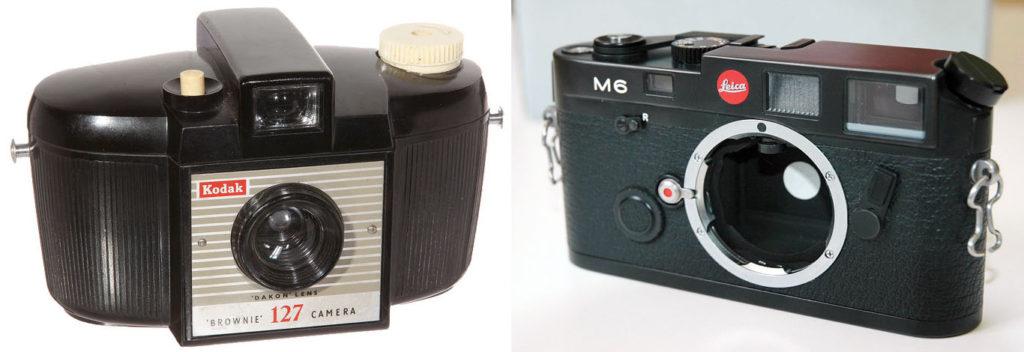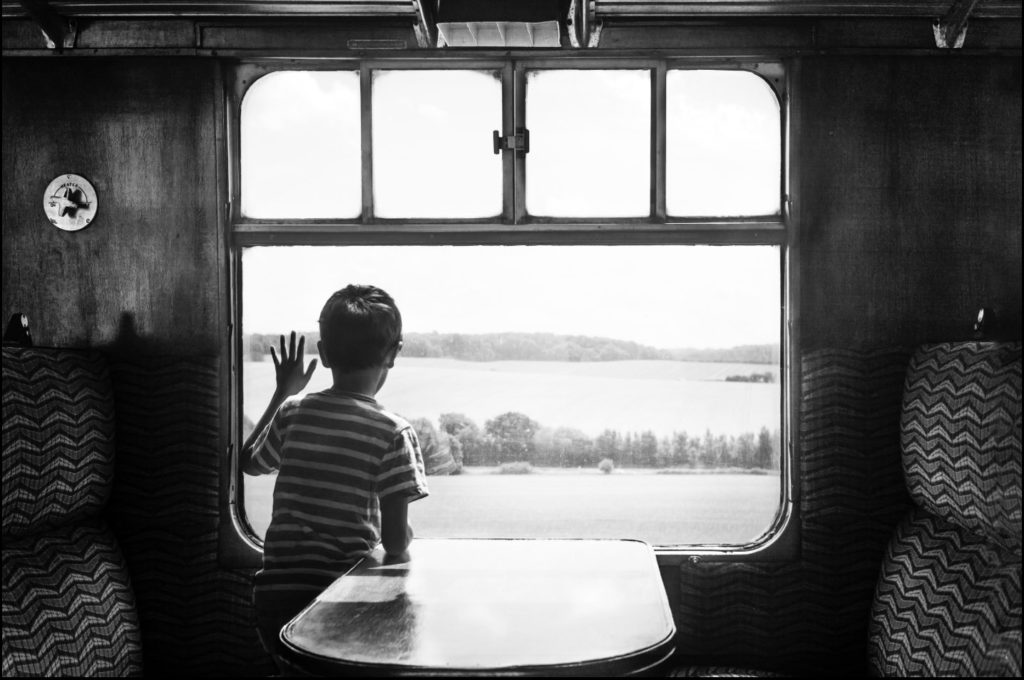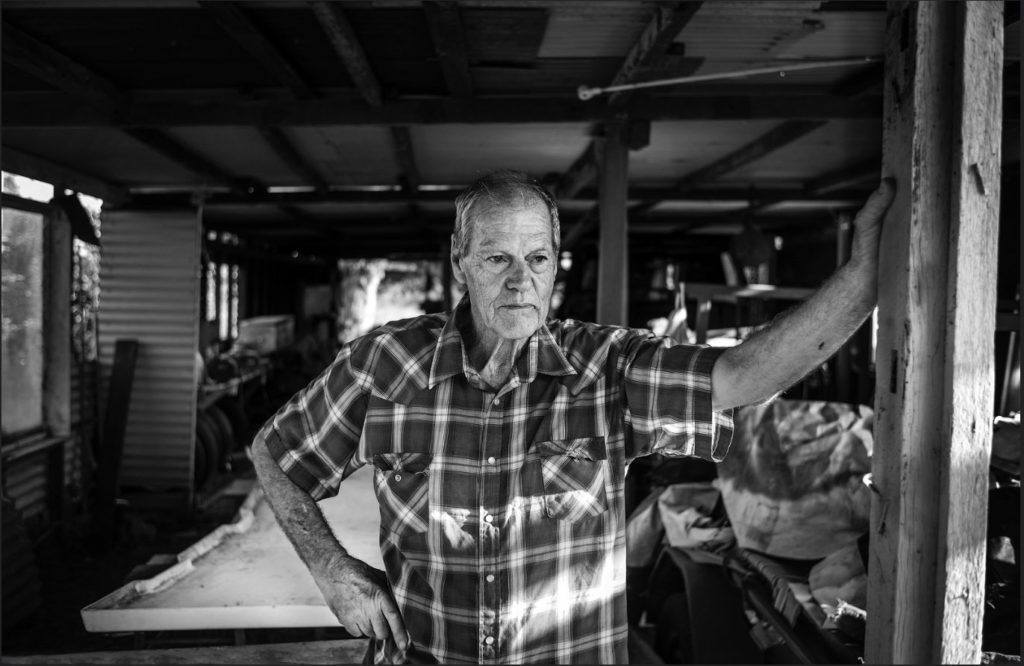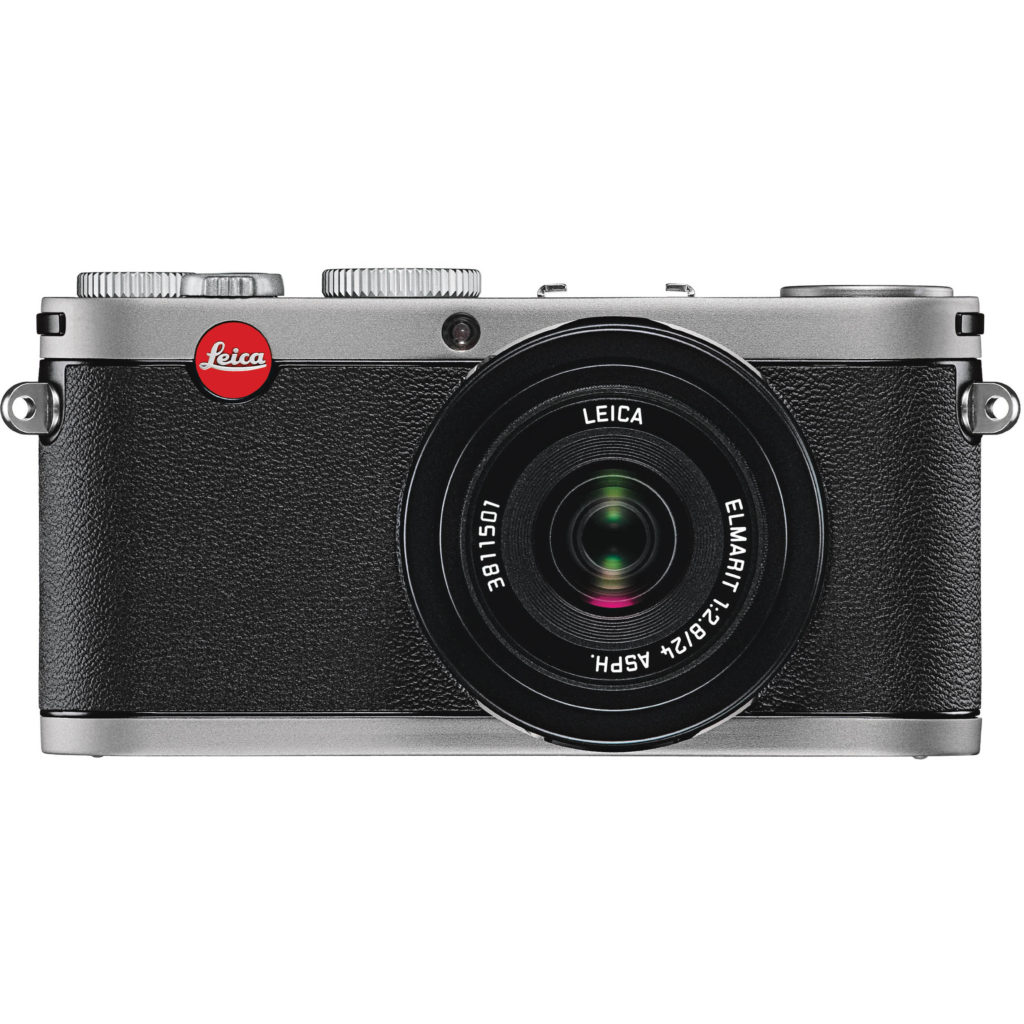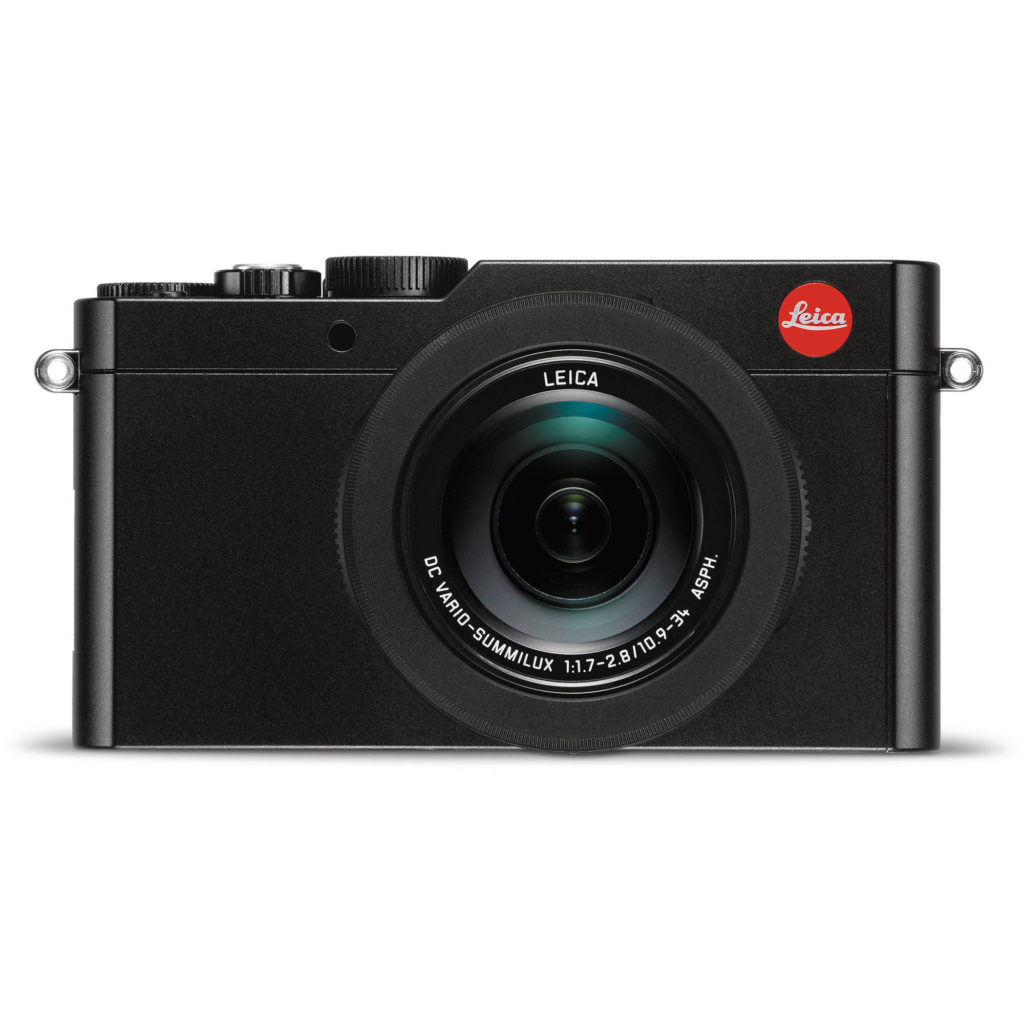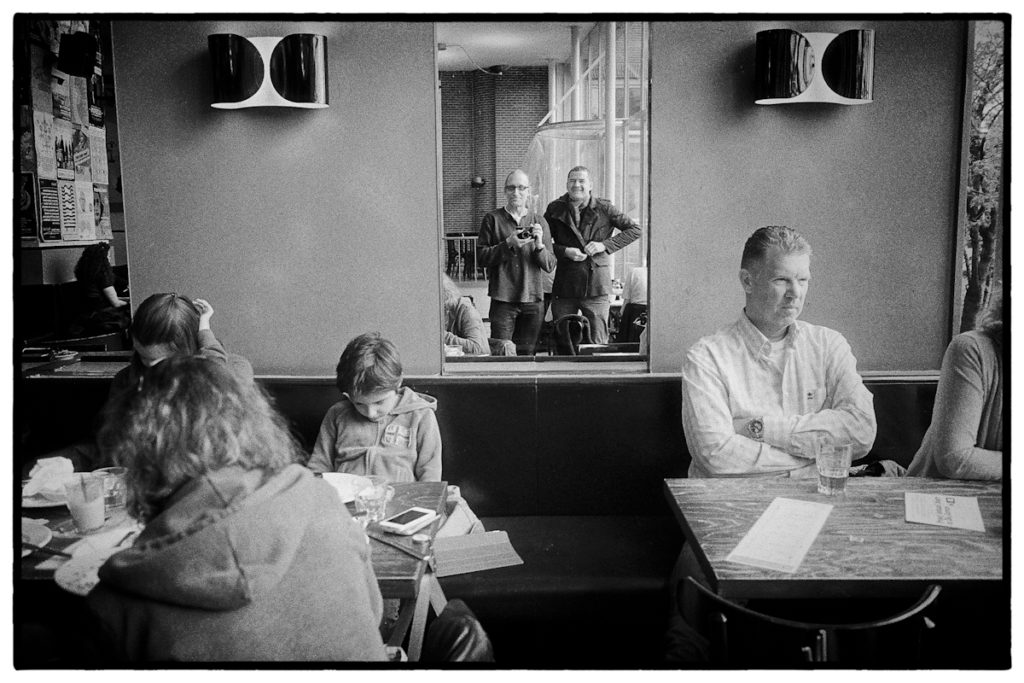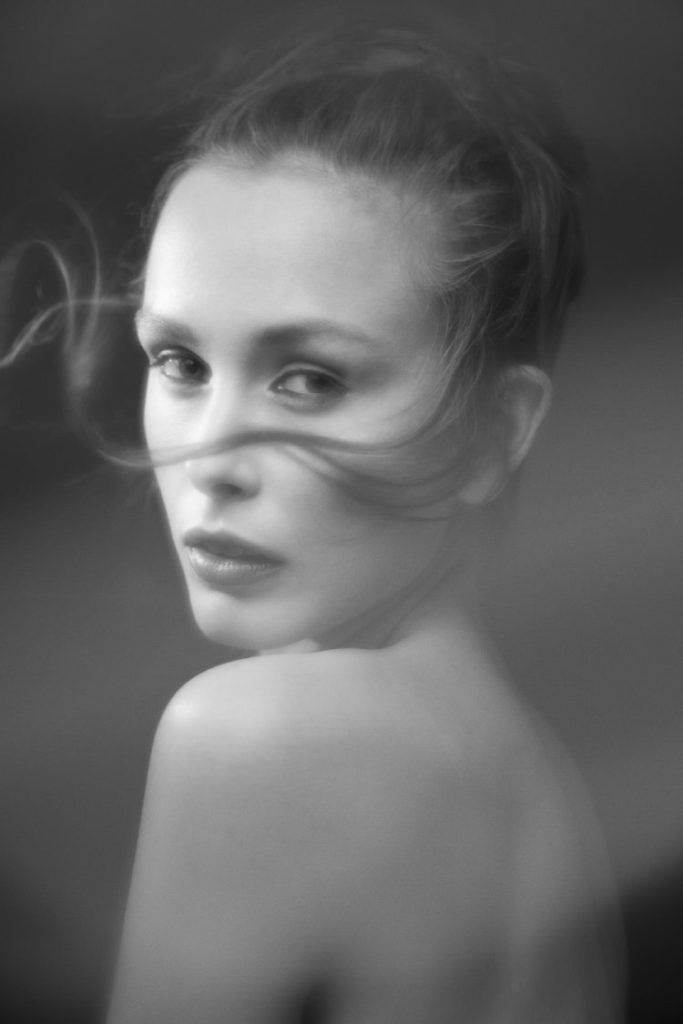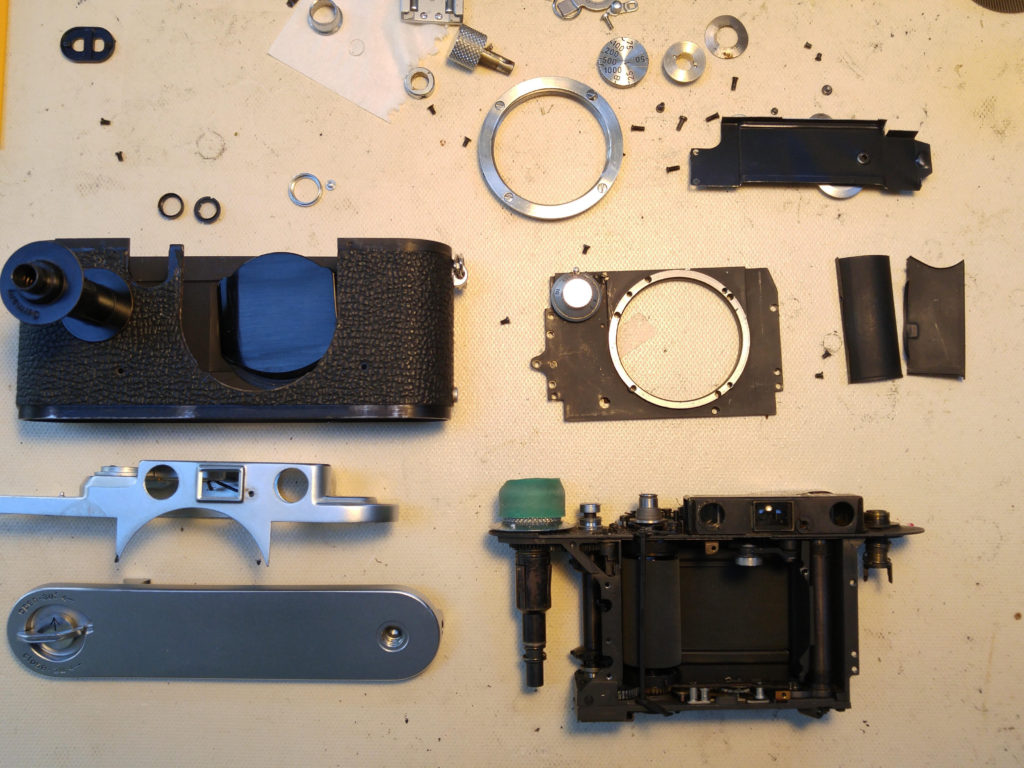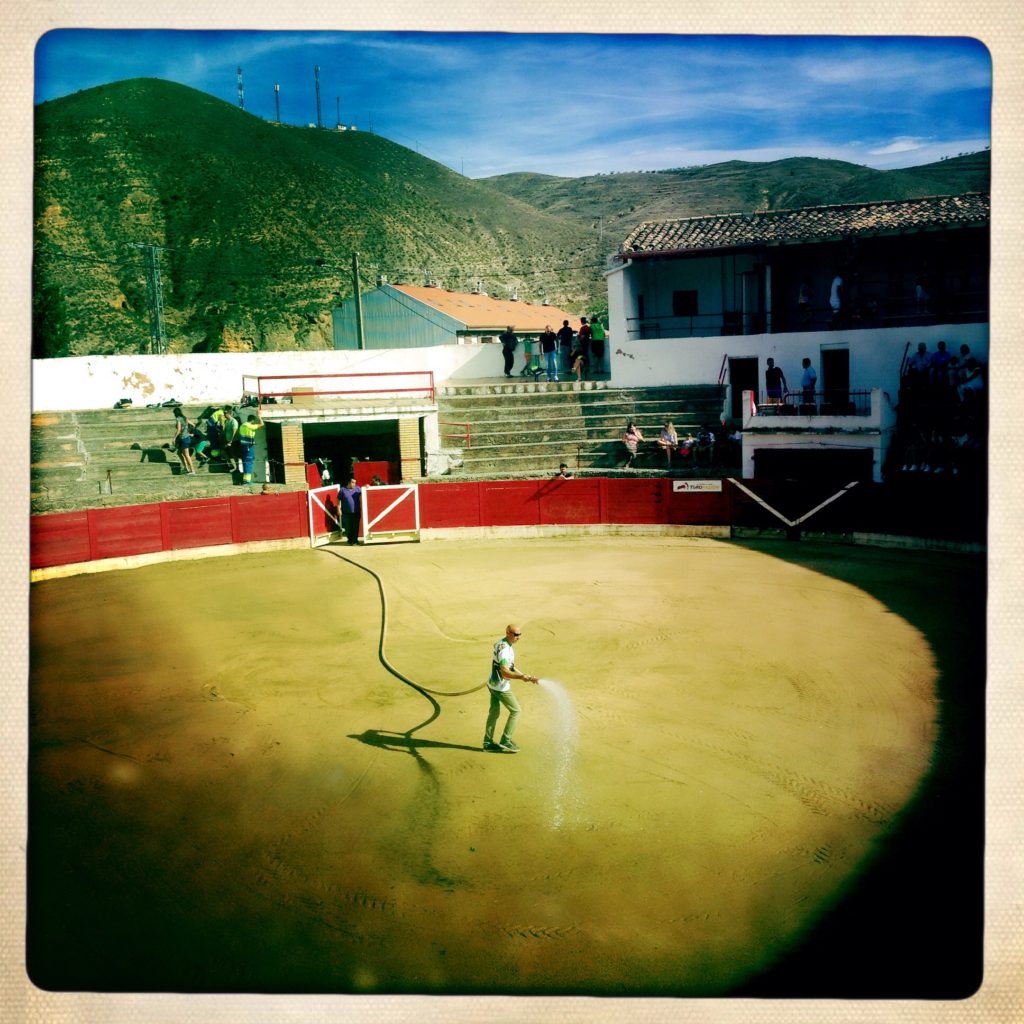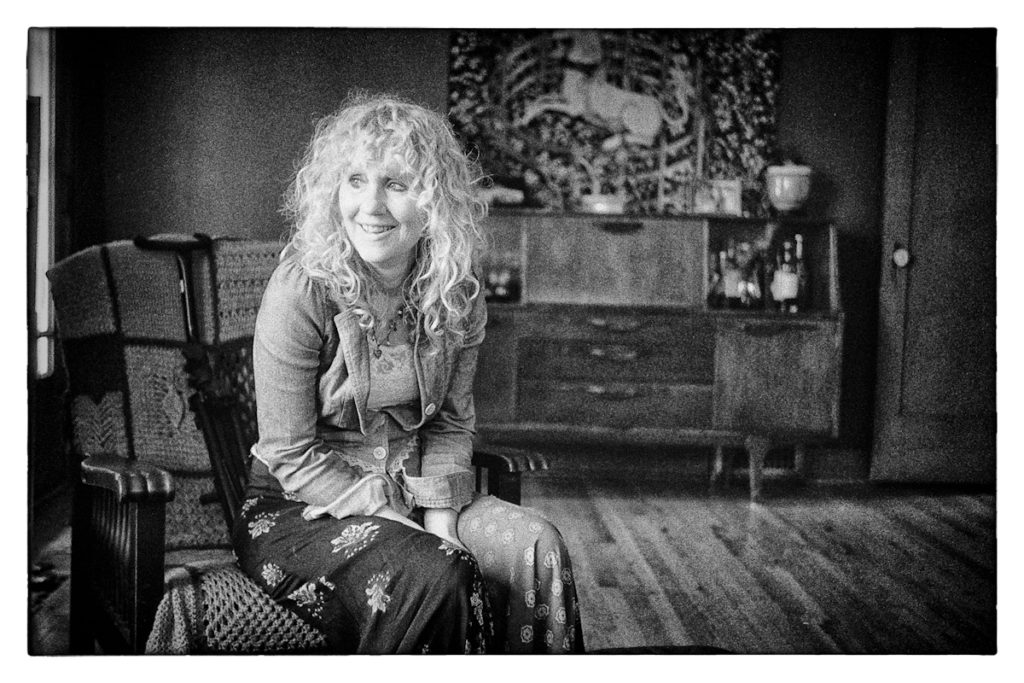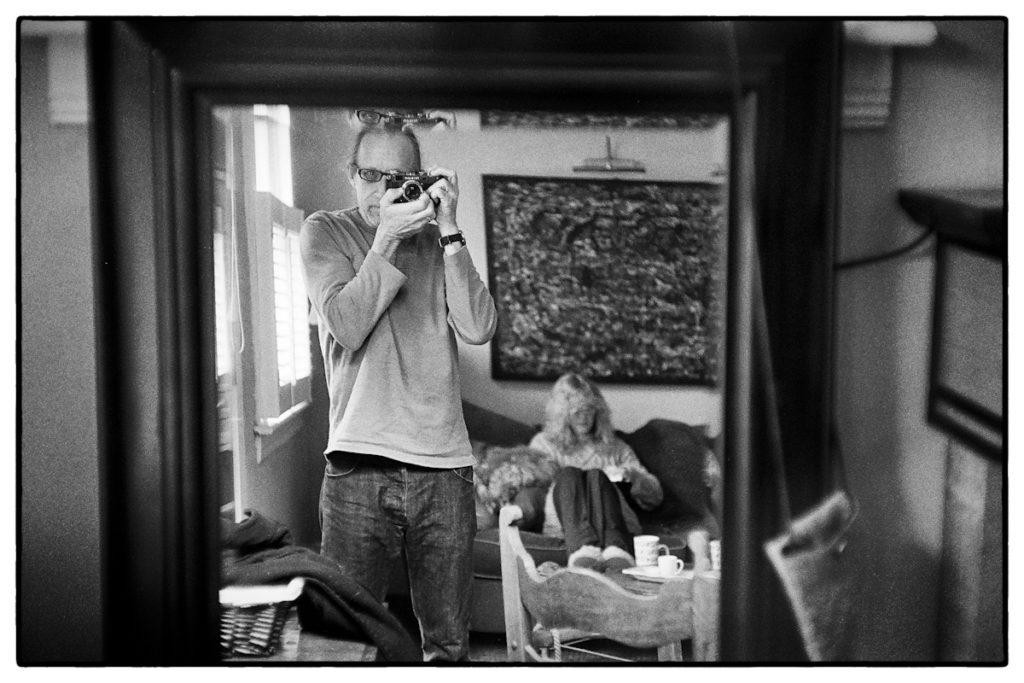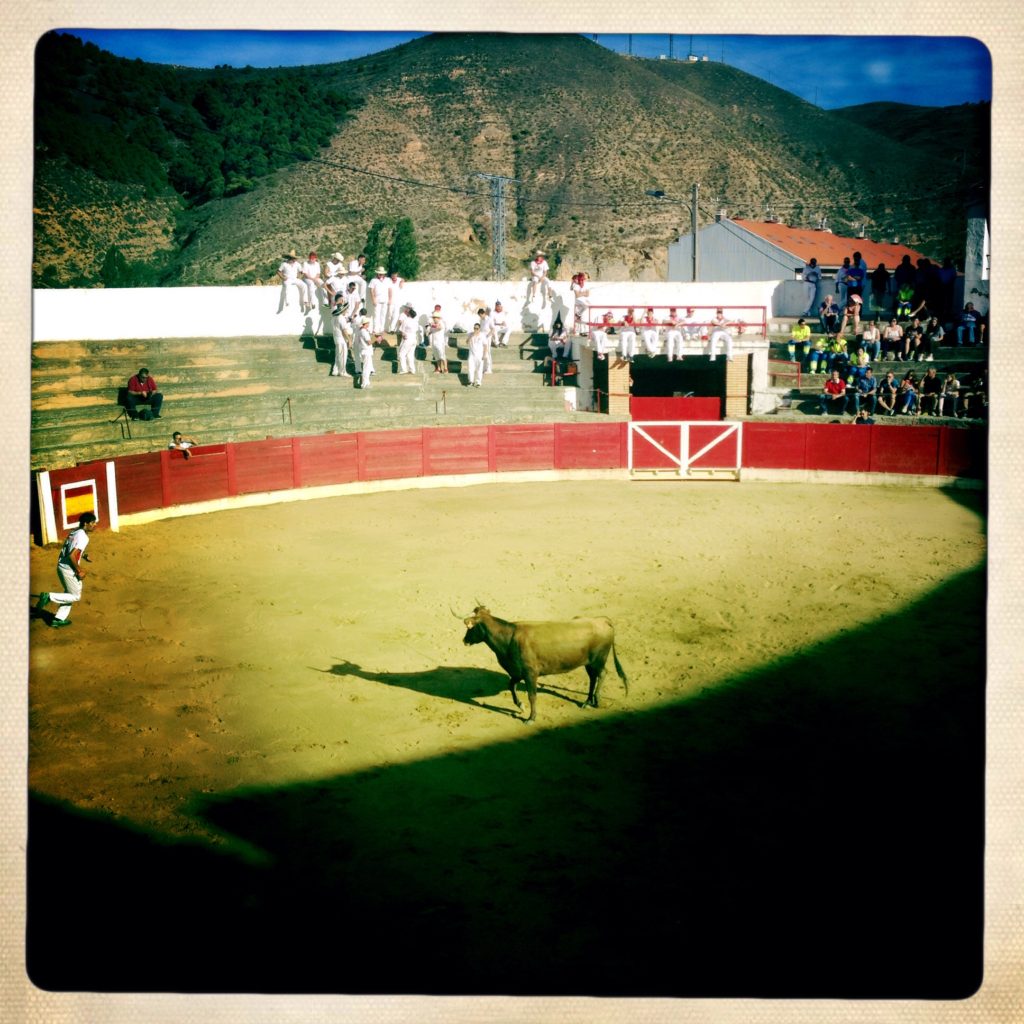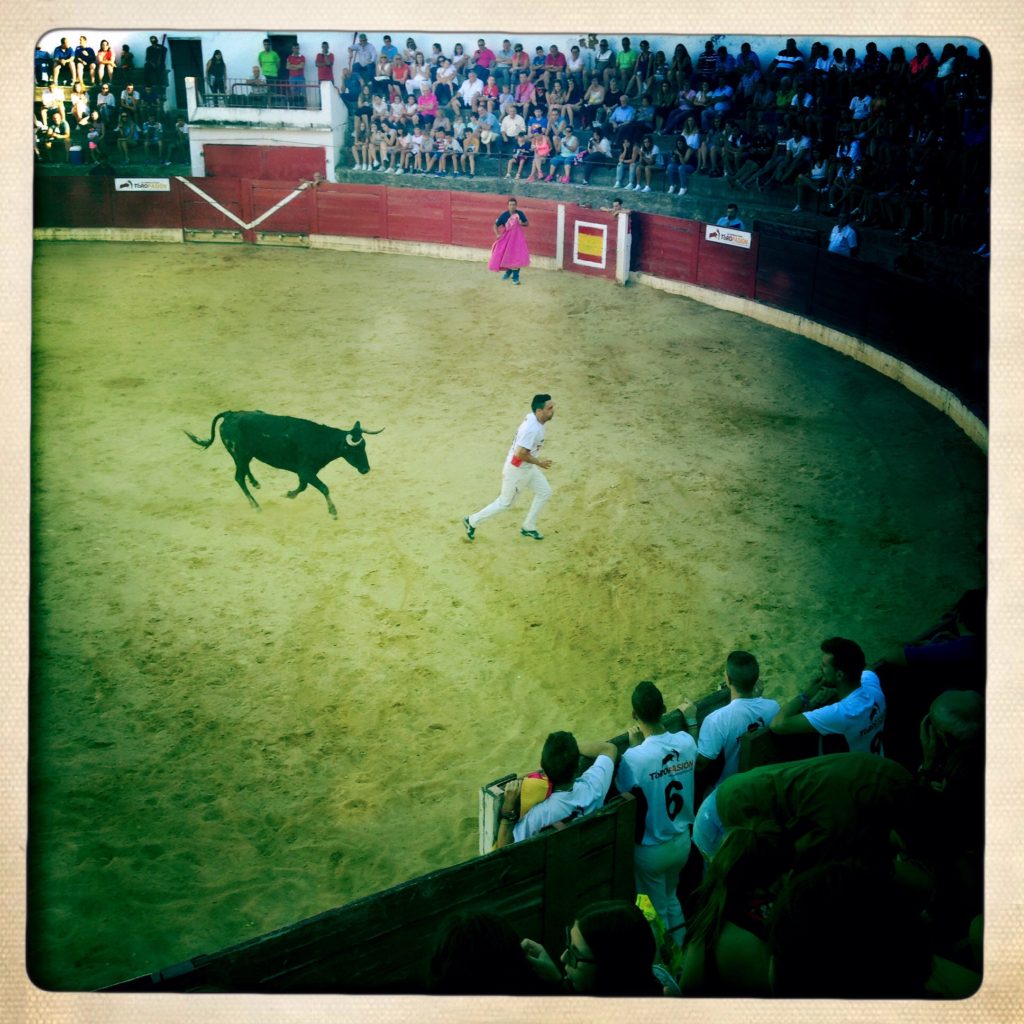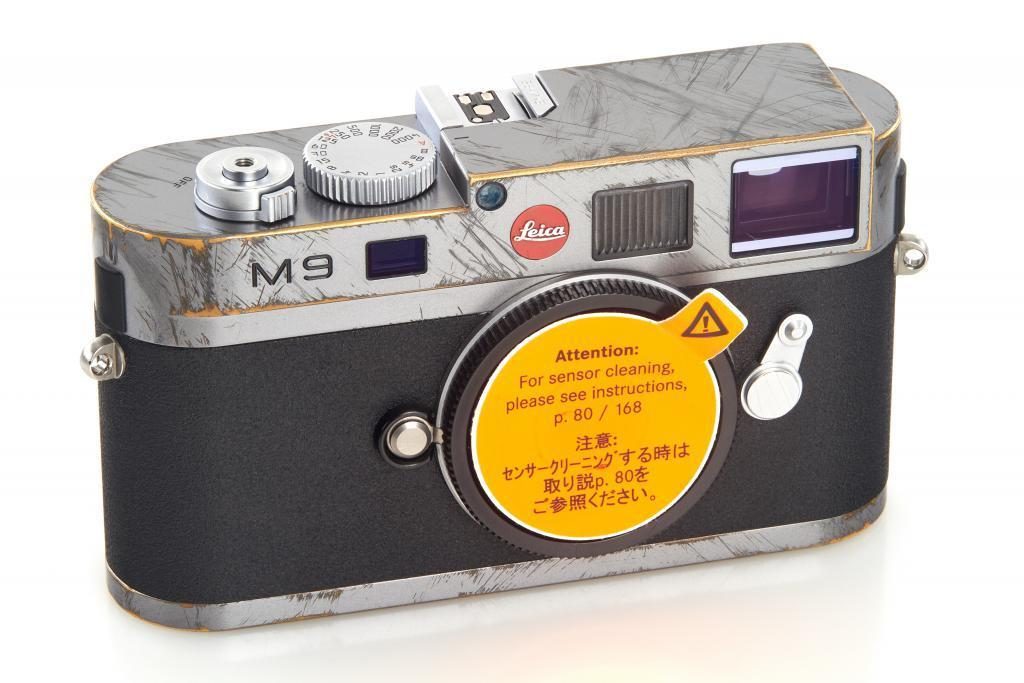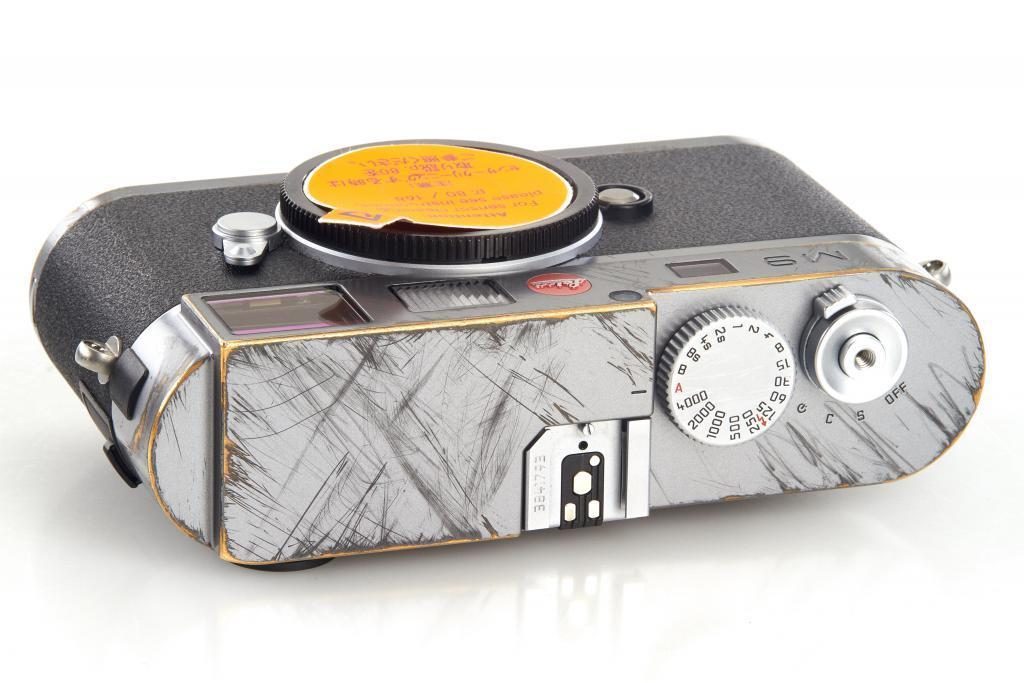
The M8. First sold by Leica in 2006. My favorite “obsolete” digital Leica. It’s still worth buying, ten years later.
If you spend any amount of time perusing camera enthusiast forums, you’re going to run across this question, posted at predictable intervals, asking whether a particular digital camera “is still good.” That’s always struck me as an incoherent question born of weak reasoning and ignorance. At base, what does the question mean? The key qualifying word seems to be “still,” as in “does it make sense to be using this camera now, given all the models that have come since?” Characterizing the question that way, it does make some sense. Why should I buy older model X when I can also buy newer model Y that is claimed to be “better” than model X?
Consider the Leica M8 and its present viability versus a current Leica offering, say, a Leica M262. Certainly, you might want to consider the price differential (unless you’re a person of means who isn’t constrained by financial necessities). The M262 is the successor to the Leica M-E, which itself is an M9 minus the frameline preview lever and USB port. The M262, however, is based on the M240 but shares the body shape and weight of the M9 series. It has a 24 Mxp full frame CMOS sensor. It costs about $5000. The M8 is a 10.3 Mpx CCD camera first offered by Leica in 2006. It has the same form factor as subsequent digital M’s (a slightly fatter M6), so if your main reason for wanting a Leica is to impress people, the average guy on the street wouldn’t know the difference. You can pick one up for $1200, used. So the M262 is 4X as expensive as a good, used M8.
By most socially accepted criteria, the M262 is the “better” camera. But is it really? That’s, of course, a question only you can answer. It’s got a larger, higher def sensor, no doubt, one that theoretically allows you the ability to take “better” photos depending on how you define the quality of a photo. It’s also going to set you back $5000 as opposed to the M8, which you can pick up these days for peanuts (relatively speaking from a Leica perspective).
It seems to me that, at this point in the evolution of digital technology, this is a question in search of an argument. Unless we’re talking of a camera from the early digital era, e.g. circa 2001-2005, most serious digital cameras of whatever age meet or exceed the quality produced by traditional 35mm film cameras in terms of resolution and dynamic range. In this sense, as of, let’s say, the Leica M8, they’ve become “good enough.” Does it make sense, then, to buy an M8 when I can buy an M262? More precisely, if I’m a guy who simply wants to say he owns a Leica, what reason would I have to buy the M262 for $5000 when I can purchase my Leica cred by buying a minimally used M8 that’s sat on some guy’s shelf for the last 10 years?
*************
The physicist Niels Bohr, apparently a wise man of few words, was fond of telling the story of a man who a bought a parrot, only to return it because the parrot wouldn’t talk. The seller of the parrot, upon being asked to take the parrot back, replied: “Oh, forgive me. You wanted a parrot that talks, and I mistakenly sold you a parrot that thinks.” The parrot seller was laboring under what logicians call the ‘false dilemma fallacy,’ where an argument presents a set of two possible categories and assumes the subject of the argument must fall into one or the other category. In Bohr’s parable, the line of reasoning suggests that someone is either silent and thoughtful or talkative and an imbecile, a specious line of reasoning that, interestingly enough, one could argue is amply supported by the denizens of most internet photography forums. [In reality, there exists a third option, that the talkative man might have something intelligent to say, or a fourth, that the quiet man might not]. You get the point.
As to the debate about the worth of a super-ceded camera model, the same realities apply. Framed one way (via the false dilemma fallacy), an M8 today is an unworkable anachronism, hopelessly outdated in the era of live view and 256,000 ISO. This, of course, is to uncritically accept the premise camera manufacturers espouse in their ceaseless efforts to keep you buying cameras – new is the standard below which anything else is “obsolete” and of no continuing value.
Which looks pretty suspect from a critical perspective. If we’re going to discuss “obsolescence” we’ll need to first distinguish between two types:
Planned obsolescence: Planned obsolescence is the designing and producing of products in order for them to be used up (obsolete) within a specific time period. Products may be designed for obsolescence either through function, like a paper coffee cup or a machine with breakable parts, or through “desirability,” like a consumer grade digicam made for this year’s fashion and then replaced by something totally different next year. Planned obsolescence is also known as “design for the dump.”
Perceived obsolescence: Perceived obsolescence is planned obsolescence that manipulates the “desirability” of a product. A superceded camera model, say, will continue to be functional, just like it was when new – no better, no worse – yet it is no longer perceived to be appropriate given new “advances” in technology or style, so it is now rendered obsolete by perception, rather than by function. Perceived obsolescence is all about what is fashionable, and what is fashionable in a consumerist economy must necessarily change from year to year. If capitalism has one driving reality, it’s that new widgets must constantly be produced to replace last year’s widgets and those new widgets must now be ceaselessly proclaimed to “better than ” last year’s widgets. Unspoken, but assumed in consumerist logic is the premise not only that the new widget is “better” but also that the old widget, the one we’ve owned and happily used without complaint, is now unworthy of further use. Of course, from a rational perspective, this is complete bullshit.
***********
Perceived obsolescence is now the number one “product” of the advertising that supports the camera industry. While what Nikon and Canon and Sony and Leica currently offer is technologically more advanced than what they were offering in 2006, its arguable whether new cameras are “better” in any practical sense from what’s been available to us in the past. To automatically infer they are is to confuse the allegedly useful with the necessary, the necessary being the pivot point on which Leica has historically derived its almost cult-like following. Up until the Last decade or so, Leicas had never been about technological superiority; they’ve been about functional and aesthetic simplicity. They’ve been about making the photographic act as streamlined and efficient and simple as possible and the instrument well-built to last, characteristics modern digital camera makers have ignored in their headlong sprint to see who can jam the most features into a camera you’ll use till the next iteration comes along. If you’ve ever stared at the menu options your digital camera offers while the scene you wanted to photograph disappears, or your camera won’t function because of an error code, you’ll understand the difference.

Josef Koudelka took this with an obsolete old film Leica and some Tri-X. He may not be able to print it much bigger than 11×14, but it’s still better than anything you’ll ever do with your M262.
Framed another way (a third option outside of the either/or dichotomy posited by the false dilemma), the M8 is still the great (but flawed) camera its always been. Being firmly rooted in the film era, I neither need (nor want) 12800 iso on demand. Long ago I learned how to shoot in low light pushing HP5 to 1600 iso using a fast lens. Ironically, the open-aperture bokeh look so prized by happy-snappers today has its genesis in the constraints of such traditional low light shooting. As for dynamic range, well, that went out the window under such conditions as well. It’s called “the film look”, and it’s an aesthetic now prized by shooters trying to avoid the clinical “perfection” of digital capture, and the M8, at least in b&w, does it to perfection. Run its files through Silver Efex and you”ve got something approaching scanned film with a fraction of the hassle. And when I’ve got ample light, the M8 delivers remarkable files easily printable to 20×30, not that I’d want to, mind you, as the modern fetish for large prints usually bears out the old adage “if you can’t make em good, make em big.”
in my mind, the argument should be about whether the camera you use gives you the results you want. As for what I want, it’s not sterile perfection, which, as best I can tell from a half-century of looking critically at great photography, is irrelevant to what makes a compelling photograph. What I do want, after a certain level of base technological competence, is that the camera I use get out of my way and allow me to get the picture. In that respect, just like my iiif, M4 or M5, my M8 succeeds briliantly, and I get the added Leica caché, all for the price of a middling consumer grade digicam.




